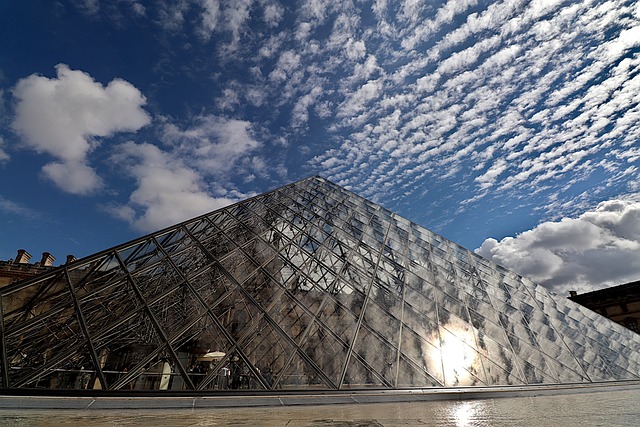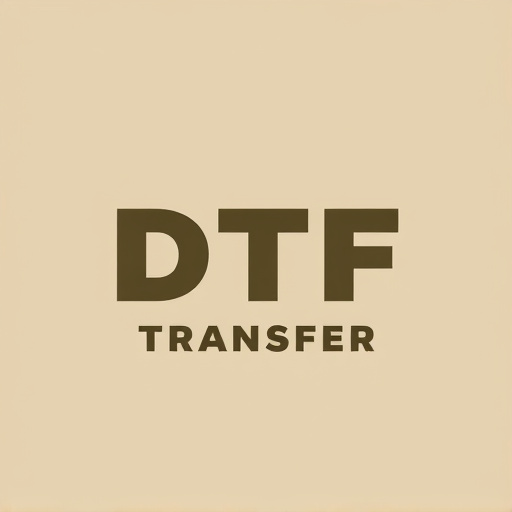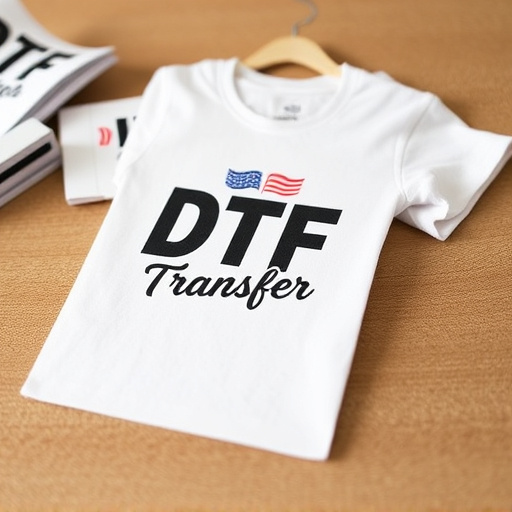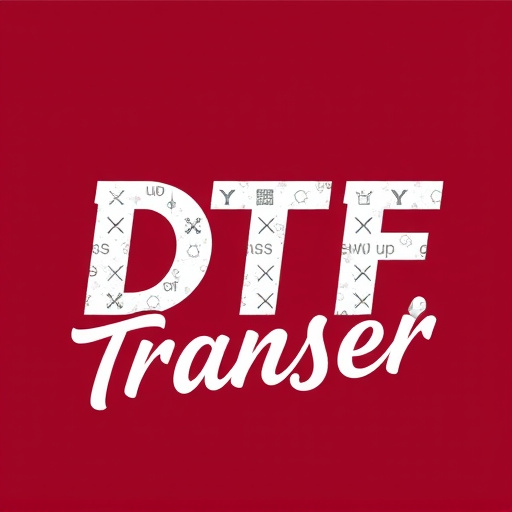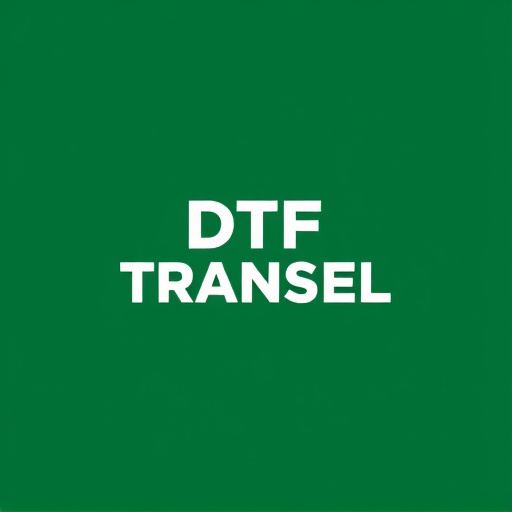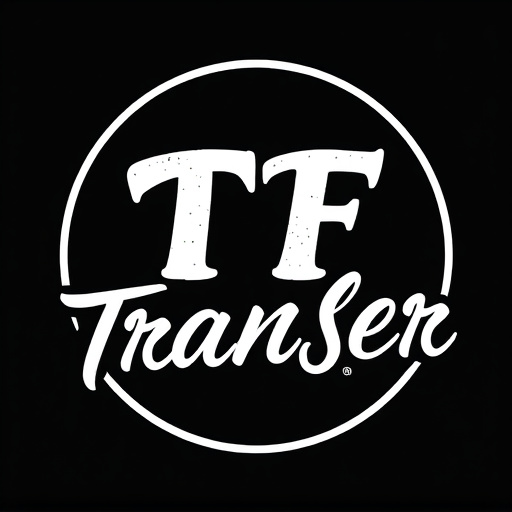Direct-to-Film (DTF) transfers are revolutionizing custom printing, enabling businesses to produce high-quality prints from digital files without traditional film negatives. This cutting-edge technology offers faster, efficient printing of various media like posters, banners, and marketing materials. DTF services provide a competitive edge with vibrant, on-trend products, streamlining production and allowing quick adaptation to market demands. Choosing the right vendor requires considering industry expertise, modern technology, and data security protocols. Future advancements in DTF transfers, including higher resolutions and color accuracy, promise to revolutionize home entertainment, professional applications, and sectors like film, TV, and virtual reality.
Direct-to-Film (DTF) transfers are transforming how businesses distribute content, offering a streamlined, high-quality alternative to traditional printing methods. This innovative process allows resellers and companies to produce prints directly from digital files, eliminating the need for physical film negatives.
In this comprehensive guide, we’ll explore the benefits of DTF transfers, delve into the step-by-step process, and provide insights on choosing the best vendor. We’ll also present real-world case studies and discuss emerging trends shaping the future of DTF technology.
- Understanding Direct-to-Film (DTF) Transfers: A Simple Explanation
- Benefits of Using DTF Transfer Services for Resellers and Businesses
- How DTF Transfer Process Works: Step by Step Guide
- Choosing the Right Vendor: Key Factors to Consider
- Case Studies: Successful DTF Transfer Implementations
- Future Trends in Direct-to-Film Transfers and Their Impact
Understanding Direct-to-Film (DTF) Transfers: A Simple Explanation

Direct-to-Film (DTF) transfers are a cutting-edge method that allows businesses and resellers to create high-quality prints directly from digital files, without the need for traditional film negatives. This innovative process revolutionizes the way films are replicated, offering a faster, more efficient alternative to conventional methods. With DTF, businesses can effortlessly convert their digital content into physical forms, such as posters, banners, or even large-scale advertising displays.
The simplicity of DTF lies in its ability to capture and reproduce every detail from digital files with remarkable accuracy. This technology enables resellers to offer a diverse range of custom print solutions, catering to various industries’ needs. Whether it’s a vibrant poster for a local event, a visually stunning display for a retail store, or even specialized printing for the film industry itself, DTF transfers provide an accessible and versatile option for creating eye-catching, top-quality visuals.
Benefits of Using DTF Transfer Services for Resellers and Businesses

For resellers and businesses looking to enhance their product offerings, direct-to-film (DTF) transfer services present a myriad of advantages. One of the key benefits is the ability to offer high-quality custom printing solutions at scale. DTF technology allows for precise and vibrant colours, ensuring that products like phone cases, posters, and marketing materials stand out in a competitive market. This level of customization not only appeals to diverse customer preferences but also enables businesses to quickly adapt their designs to new trends.
Additionally, DTF transfer services streamline the production process, saving time and resources. By outsourcing this task, resellers can focus on core operations while benefiting from efficient print-on-demand capabilities. This agility is particularly valuable for businesses dealing with seasonal demands or limited-edition products, as it allows them to meet market fluctuations swiftly and cost-effectively.
How DTF Transfer Process Works: Step by Step Guide
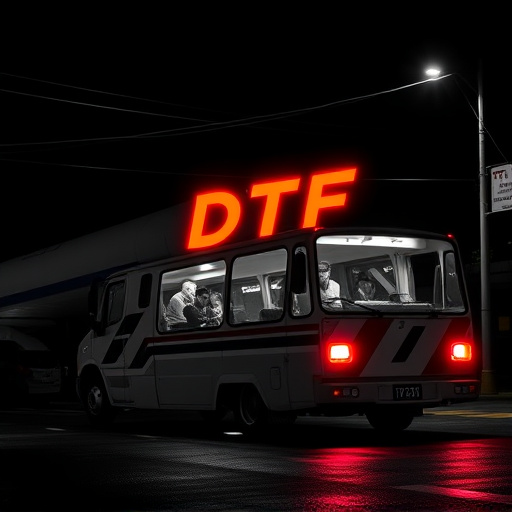
The Direct-to-Film (DTF) transfer process is a cutting-edge method revolutionizing the way businesses handle image and video printing. It involves creating high-quality prints directly from digital files onto various media, such as canvas or metal. This step-by-step guide outlines the typical DTF transfer process:
1. File Preparation: Begin by preparing your digital file, ensuring it’s of optimal resolution and format (e.g., JPEG, PNG) for the intended medium. Calibration and color matching are crucial to achieving accurate results.
2. Media Selection: Choose the suitable substrate for your project. Options include canvas, metal, wood, or even glass, each offering unique visual effects and applications.
3. Printing: Using specialized equipment, the digital file is printed directly onto the selected media. This process employs high-intensity UV lights or heat to cure the ink, ensuring a durable and vibrant finish.
4. Curing and Drying: After printing, the media undergoes a curing process, allowing the ink to set completely. This step ensures long-lasting colorfastness and resistance to fading.
5. Finishing Touches: Depending on the project, post-processing may include cutting, trimming, or adding additional coatings for protection and texture.
Choosing the Right Vendor: Key Factors to Consider
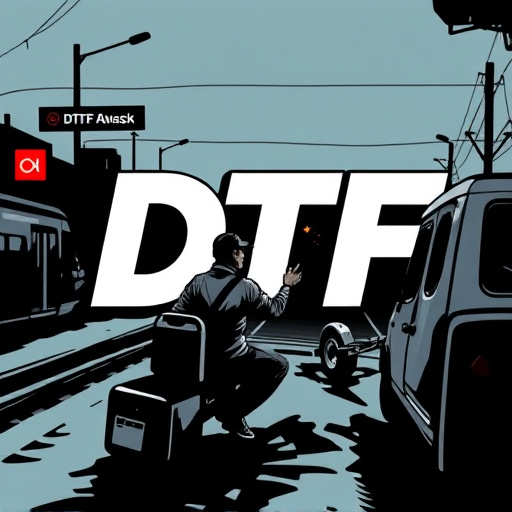
When choosing a vendor for direct-to-film (DTF) transfers, several key factors come into play. Firstly, consider their expertise and experience in the industry; a vendor with a proven track record in DTF Transfer services is essential to ensure high-quality results. Look for professionals who understand the intricacies of film conversion and can adapt to your specific business needs.
Additionally, verify their technology and equipment. Modern, state-of-the-art machinery ensures precise and efficient transfers, preserving the original quality of your films. Reputable vendors also offer secure data handling practices, which are crucial when dealing with sensitive material. Ensure they have robust security measures in place to safeguard your content during the transfer process.
Case Studies: Successful DTF Transfer Implementations

Future Trends in Direct-to-Film Transfers and Their Impact

The future of direct-to-film (DTF) transfers is poised for significant growth and evolution, driven by advancements in technology and shifting consumer demands. As digital media continues to permeate every aspect of our lives, DTF transfers are expected to become more sophisticated, offering higher resolutions and improved color accuracy. This will enhance the overall viewing experience, especially for home entertainment and professional applications.
Additionally, emerging trends like 4K and 8K resolutions, along with enhanced dynamic range and HDR (High Dynamic Range) technologies, will further revolutionize DTF transfers. These developments enable businesses to provide clients with incredibly detailed and visually stunning content, opening up new possibilities in various industries, from film and television to advertising and virtual reality.


